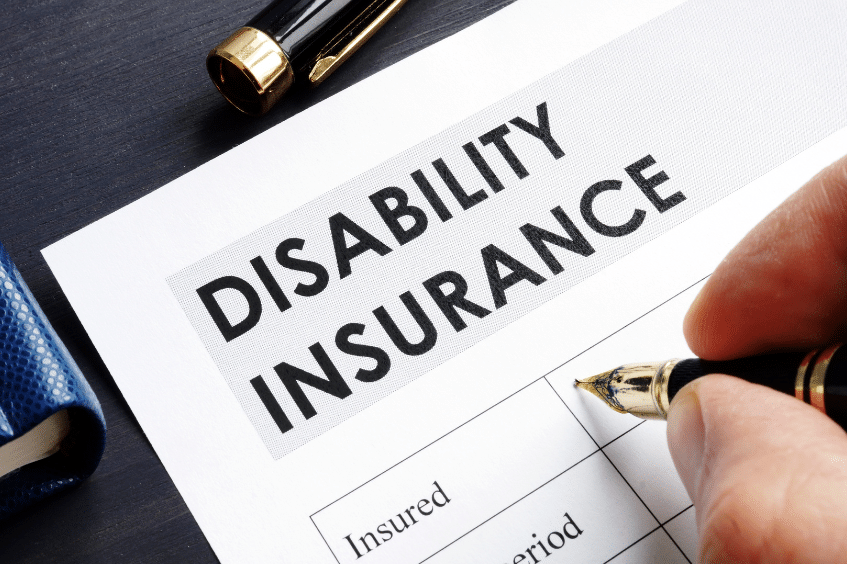8/9/2019
A disability event can be catastrophic to your financial well-being. Protecting your income should be a top priority. The Council of Disability Awareness states that at least 51 million working Americans are without disability insurance (DI) other than Social Security, which is often inadequate (more on this below).The reality is that a good chunk of us are not prepared for a disability event or even think that we can experience one. However, it’s more common than we may realize. The Social Security Administration estimates that just over one in four of today’s 20-year-olds will become disabled before retirement. This statistic is shocking because over the next decades 25% of us will experience some form of disability. Today, I want to share with you information about the most common types of disability claims, the types of DI, and taxability of DI benefits.
What Are The Common Types Of Disability Claims?
When we think of a disability event, the first thing that comes to mind is a catastrophic accident such as a car wreck that leaves us permanently disabled. Although that could happen to any of us, it’s not that common. Most long-term disability claims are due to musculoskeletal disorders (25%), cancer (15%), pregnancy (9.4%), depression and anxiety (9.1%). A disability event will most likely be an illness and not an accident.
How Do You Protect Yourself From Such Risks?
There are a few ways to protect yourself. The first is Social Security. Although available to most, it’s extremely difficult to qualify under Social Security because its definition of disability is restrictive. The second is group DI. Most employers provide DI as part of your benefits package, and it normally covers 50%-60% of your gross salary. You check a box when you’re electing your benefits, and you’re insured without any medical underwriting. The third option is a personal DI policy. You undergo medical underwriting, and you purchase DI from an insurance company. The individual policy is flexible and can be tailored to your needs.
Are The DI Benefits Taxable?
The taxability of benefits depends on who pays the premium of a disability policy. If your employer pays for the cost of your group DI, then the federal and state government will want a cut of your benefits check. Depending on your tax bracket and the state you live in, the 60% coverage begins to look more like 40-45% of your salary. If you thought it was difficult to live on 60% of your pay, 40-45% is nearly impossible with medical costs being higher and leaving you unable to save. If you’re not saving, then you’re not contributing to your 401(k), and if you’re not contributing to your 401(k), your employer is not matching. I could keep going but you can see how quickly things can turn dire if a disability occurs. Fortunately, you can minimize many of the above risks by purchasing individual DI to supplement your group coverage. Since you’ll be paying the premiums with after-tax dollars, you’ll receive the benefits tax free, and you may even be able to protect retirement contributions. The policy can’t make you whole again, but it can bring you back to 60% of your pay.
Consider doing a review of your current situation. A DI policy can provide you peace of mind that you’ll be okay financially so that you can focus on what matters the most to you.



